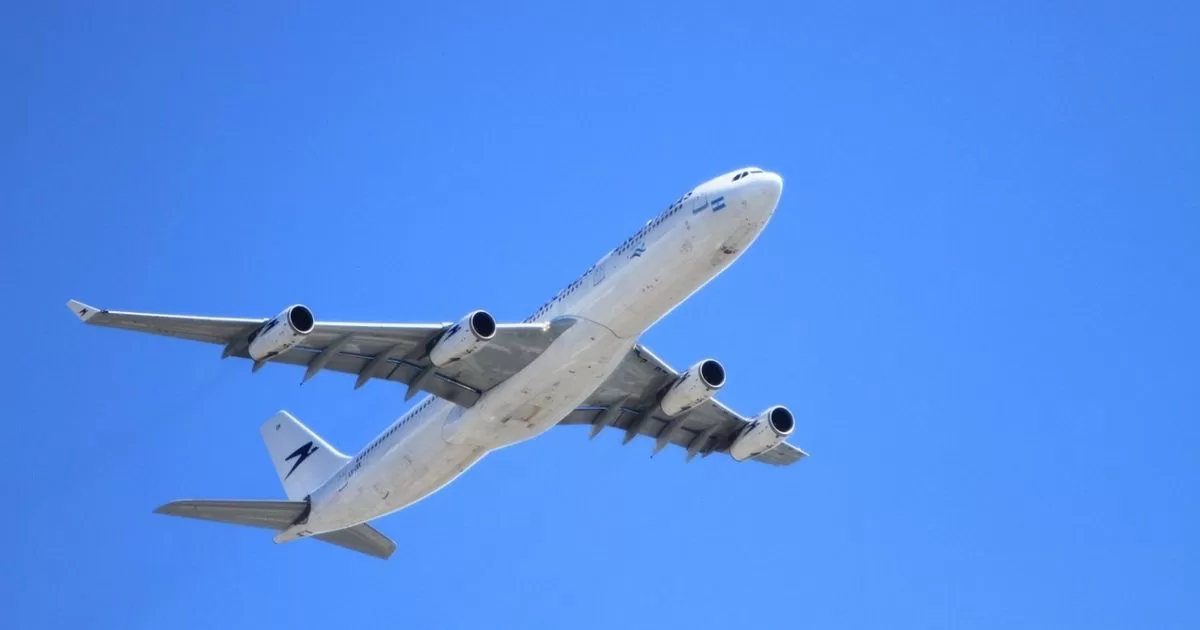There is good and bad news from the Wall Trail. First the good: In Lichterfelde and Schlesisches Busch, several kilometers of cycle and walking paths have been asphalted. The bad news: land disputes prevent the trail from going anywhere like it did in 1989. In Spandau on the Karolinenhöhe, for example, the original path cannot be renovated, and the state of Berlin failed due to recalcitrant property owners. When the entire historical trail will be finished, if at all, is unclear.
The Senate’s own “Green Berlin” currently has twelve million euros available until 2026. In the best-case scenario, this means that 14 of the 160 kilometers can be renewed. In addition, particularly serious damage is to be repaired in 50 places. Two of the seven projects are now largely complete. Four kilometers from the B101 to the “Japaneck” near Teltow were opened in the south of the city. There is now fine asphalt three meters wide here, fortunately the area belonged to the Berlin city estates. One kilometer was paved at Schlesischer Busch, creating three attractive lounge areas with seating by the water. Two more kilometers from the B101 to the “Birkenknick” are already in the works, they should be finished in XXXXX.
In the last 30 years, tree roots had broken up the path in many places so severely that cyclists were in danger of falling. The Tagesspiegel has cycled the new route in Licherfelde with Gabriele Kaupmann, who is responsible for the Wall Trail at Grün Berlin.
In 2019, the Senate therefore released 12.4 million euros to eliminate the worst damage. 44 kilometers were considered long-term, 23 kilometers as medium-term and eight kilometers as “in urgent need of renovation”, according to an inventory from the summer of 2018. The spokesman for the transport administration, Jan Thomsen, had asked for patience: “The Wall Trail is being closed after decades of neglect sanitized. Unfortunately, that doesn’t happen overnight and not everywhere at the same time.”
The concept of pure renovation quickly changed, as the high tourist value of the path, which is unique in the world, was recognized. Now, 90 percent of the sum comes from funding pots for tourism, which is why “upgrading” (as the official wording) includes benches, signs and information boards on the history of the Wall. Everything is kept in a uniform design. The “furniture”, as project manager Kaupmann calls it, is to be set up in Schlesisches Busch and in Lichterfelde in the coming weeks.
In the future, the signs that were put up after the fall of the Berlin Wall will also be changed. Everyone has probably wondered why they are so high that they are often overlooked. At that time, the height of more than 3 meters was supposed to symbolize the height of the wall crown, reports Kaupmann. In future, the signs will be at eye level.
The seven projects were chosen because they were in poor condition, but the ownership structure seemed clear. But there were unexpected problems in two places: at Karolinenhöhe, near Hahneberg, the consent of a divided community of heirs is missing. This “community”, none of which lives in Berlin, said no. Other property owners only wanted to give temporary commitments.
First, a long-distance diversion via Spandau side streets was to serve as a substitute, but now Grün Berlin has found a better solution: the official Wall Trail deviates from the “Zollweg” to the “Postenweg” location. The customs route was in West Berlin at the Wall, where the West Allies patrolled. The post path made of concrete slabs was the road used by the GDR border troops on the politically eastern side.
This better solution has a disadvantage for cyclists. The federal government as the owner has enforced a water-bound ceiling. “If an owner doesn’t want asphalt, there is no asphalt,” says Kaupmann. At a second problem area, however, there is hope for an agreement. In Teltow, too, an owner is hesitant to give his consent. These two kilometers from Japaneck to Lichterfelder Allee are to be asphalted in 2024, reports Kaupmann.
The Japaneck received its name shortly after reunification. At that time, a Japanese television station planted an avenue of cherries on the wall strip. The section became so well-known and popular that the cherry became the standard plant along the 160-kilometer Wall Trail. Cherries have also just been planted in Schlesisches Busch.

For the Japanese, the cherry tree is a symbol, always ahead, never looking back, explains Gabriele Kaupmann. Berlin’s look back makes one grumpy: After German reunification, the path along the Wall was left to its own devices, and there had not even been an attempt to legally secure it. Berlin was simply not interested in the Wall Trail. With a planning approval, the Wall Trail could have been secured as a traffic area for the future.
However, many plots of land were sold. The Wall Trail and with it the history of the German division in the garden city of Großziethen were completely lost, where single-family houses were built on the border strip. There is a similar threat in Teltow: an ancient development plan from the 1930s is in effect on Paul-Gerhardt-Strasse, and now some property owners have submitted building applications. The city of Teltow wants to prevent the development, courts will probably clarify the dispute along the lake promenade.
From Grün Berlin’s point of view, expropriation of areas to restore the path is unthinkable because it is politically unenforceable. The Greens politician Michael Cramer contradicts this: “For motorways, people are also expropriated.” Cramer has been taking care of the Wall Trail since reunification. It is thanks to him that the biggest mistake of the Wall Cycle Path has been corrected. After decades of arguments and endless back and forth, the railway is now building a tunnel under the Dresden railway in Lichtenrade. Then finally the kilometer-long detour over cobblestones through Lichtenrad is no longer necessary. Construction started in 2022.
Kaupmann also has good news from Heiligensee: a private individual bought twelve hectares of forest after reunification, including 800 meters of the Wall Trail on Ruppiner Chaussee. If the twelve million are enough, this section will also be renewed by December 2026 – the owner happily agreed.


